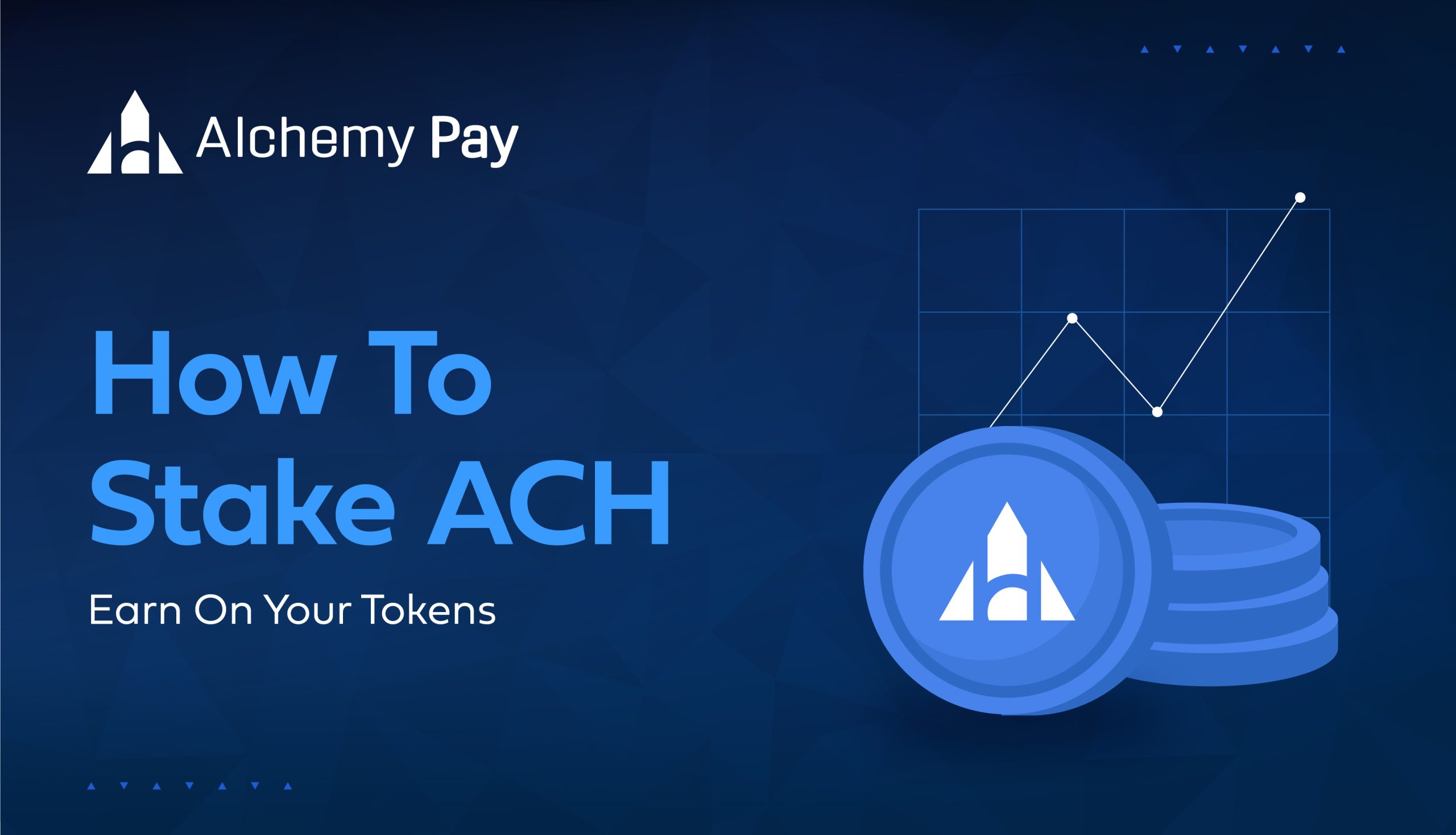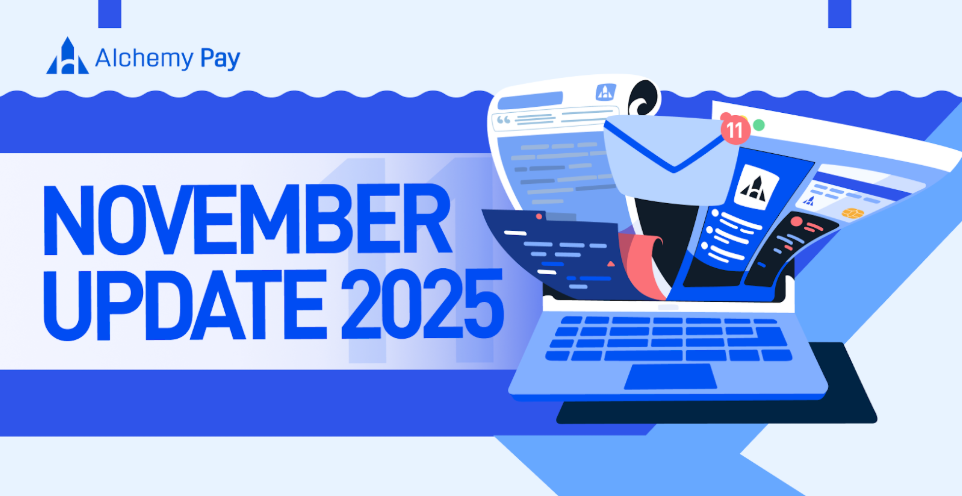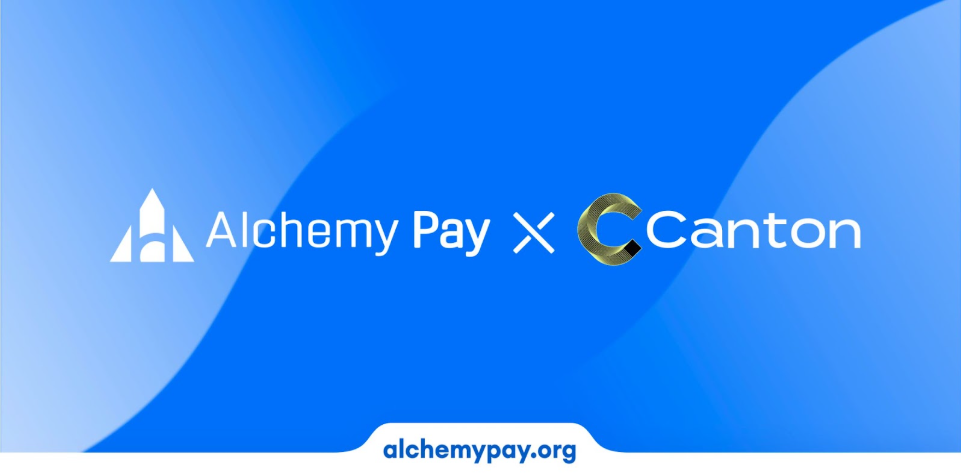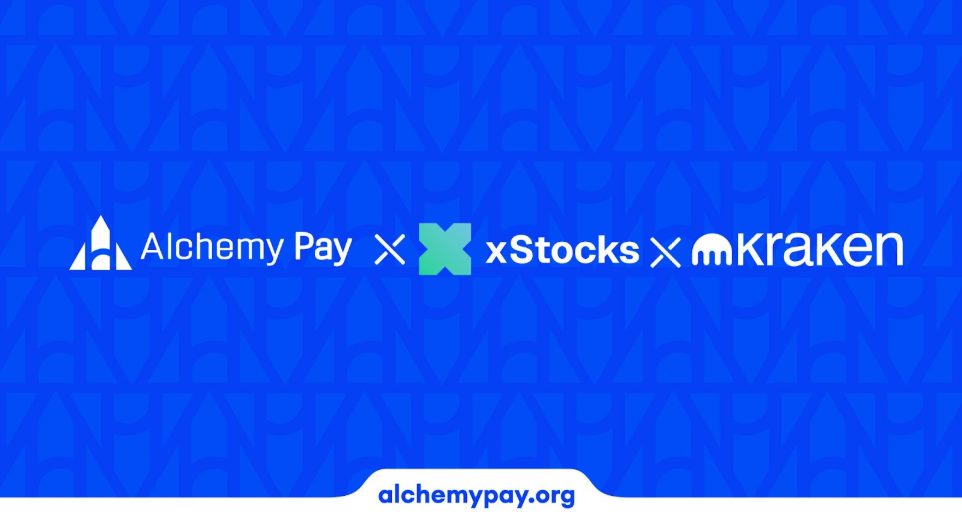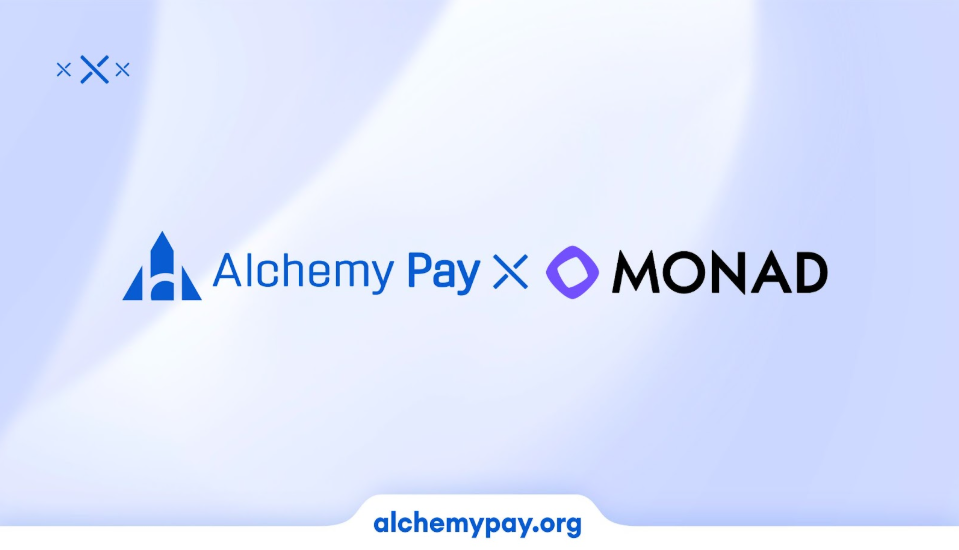There is a way to stake your ACH tokens and make them earn for you. Maybe you have heard people talking about staking but didn’t know what is meant or how to do it. Staking offers crypto holders a way to put their tokens to work and earn passive income without needing to sell them.
You can think of staking as the crypto equivalent of putting money in a high-yield savings account.
How To Stake ACH: An Easy Staking Guide
Here we will explain the easy way for you to stake ACH on Binance and KuCoin and earn yield in ACH. We will also explain the differences between locked staking and flexible staking.
Stake ACH on Binance
Login to your Binance account, click on Earn, then select on Staking.
Currently, if you hold ACH tokens on Binance exchange, you can agree to stake them for 30, 60, 90 days. In return for locking up your tokens you will receive a specified yield – interest on your ACH earned by leaving your funds with the exchange. This is known as locked staking.
After the specified period of time, your staked ACH is unlocked and those assets are accessible to you again. Your earnings will depend on the yield rate.
Annual Percentage Yield (APY) / Annualized Interest Rate
Annualized Interest Rate is also known as Annual Percentage Yield and indicates what the percentage rate would be if the staking period lasted for a full year. Because you are only staking your tokens for 30, 60, 90 days, your tokens produce the equivalent yield for that time period. So, let’s say we stake 1000 ACH for 90 days, then the yield produced would be 98.63 ACH. A great way to earn on your idle ACH.
Flexible Staking ACH on KuCoin
Login to your KuCoin account, click on Earn, then use the search bar to find ACH.
If you hold ACH tokens on KuCoin exchange, you can choose flexible staking. Unlike locked staking, if you do flexible staking you can redeem your staked ACH at any time. When you choose to redeem it, KuCoin will return your assets to your exchange wallet the following day. In return for staking your tokens you will receive up to 20.15%.
Good To Know
Flexible staking is useful if you want to access your assets at any time but the rewards tend to be less than from locked staking.
Locked or flexible staking on an exchange is different from staking on blockchain that runs a proof-of-stake consensus mechanism where new cryptocurrency tokens are regularly minted and distributed as rewards to the network’s validators.
Don’t Be A Maximalist, Go Cross-Chain
Learn more about cross-chain swaps and ACH on Binance Smart Chain BSC






